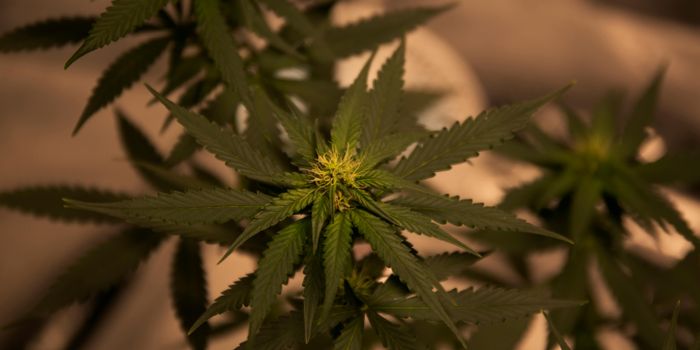
It was a sad day recently at the Ol Pejeta Conservancy in Kenya. Suni, a northern white rhinoceros, was found dead in his enclosure on October 17th. Suni was 34 years old and had been at the conservancy for five years. Because the life expectancy for the northern white rhino is normally closer to 40-50 years, officials were taken by surprise by Suni's sudden death. While an autopsy is currently underway, officials are sure that Suni was not a victim of poaching as they monitor him closely every day.
Suni was born in the Czech Republic at the Dvur Karolove Zoo in 1980 and it was hoped he could help boost the world's population of the rare subspecies. In 2009 he was sent to the preserve in Kenya with three other northern white rhinos. Shipping the rhinos to the conservancy in Africa was part of a global effort to save the rare animal from extinction.
Suni's death is particularly significant because he had not fathered any offspring. His passing leaves only one other breeding male northern white rhinoceros alive on earth. Northern white rhinos have been decimated as a species as a result of evolution first, and then, in recent years, political turmoil and poaching. The northern subspecies of white rhinos was cut off from the related southern white rhinos because of migration through Africa. They become isolated from the southern white rhino because of the growth of dense forests in the region and in the Great Rift Valley.
Politics and poaching were also contributing factors to the near extinction. With the increased demand from Asia for the horns of these animals, local governments, already embroiled in civil unrest, famine and piracy, were powerless to stop the assault. Gangs of hunters in helicopters using high-powered weapons often poached the northern white rhinos. In 2013 alone, one rhino was slaughtered every 11 hours. With habitats in Uganda, the Sudan, The Democratic Republic of the Congo and the Central African Republic, the northern white rhino was at risk from all sides.
Experts now consider the northern white rhino essentially extinct and warn that the elimination of the subspecies will have consequences within its ecosystem. A conservationist from Duke University in Durham, North Carolina, Stuart Pimm, stated that the northern white rhino feeds on specific grassland plants in the savanna, keeping these plants from overtaking the food sources of other animals. "It's not just another charismatic animal-it's also a species that has a very clear ecological role, and we need to be very worried that we have lost that," Pimm said.
Officials have not given up hope however. In addition to efforts to reduce the trade of rhino horn in Asian countries, scientists are hopeful that the last remaining male will mate and produce offspring. If not, it is believed that the southern white rhino species may offer a solution. The southern white rhino is considered "near threatened" by the International Union for Conservation of Nature, but is not at the same risk as its northern relatives. If northern white rhino females can be bred to southern white males then some of the genes of the northern species can be preserved.
 It was a sad day recently at the Ol Pejeta Conservancy in Kenya. Suni, a northern white rhinoceros, was found dead in his enclosure on October 17th. Suni was 34 years old and had been at the conservancy for five years. Because the life expectancy for the northern white rhino is normally closer to 40-50 years, officials were taken by surprise by Suni's sudden death. While an autopsy is currently underway, officials are sure that Suni was not a victim of poaching as they monitor him closely every day.
It was a sad day recently at the Ol Pejeta Conservancy in Kenya. Suni, a northern white rhinoceros, was found dead in his enclosure on October 17th. Suni was 34 years old and had been at the conservancy for five years. Because the life expectancy for the northern white rhino is normally closer to 40-50 years, officials were taken by surprise by Suni's sudden death. While an autopsy is currently underway, officials are sure that Suni was not a victim of poaching as they monitor him closely every day. 







